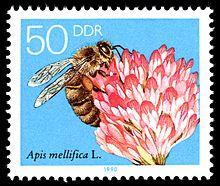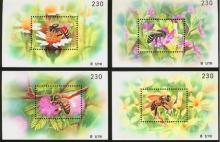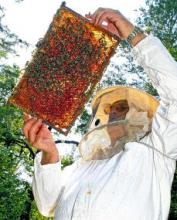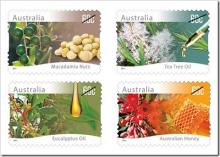Sub-lethal effects on worker honey bees from pesticide residue exposure from contaminated brood comb
Numerous surveys reveal high levels of pesticide residue contamination in honey bee comb. We conducted studies to examine possible direct and indirect effects of pesticide exposure from contaminated brood comb on developing worker bees and adult worker lifespan.







